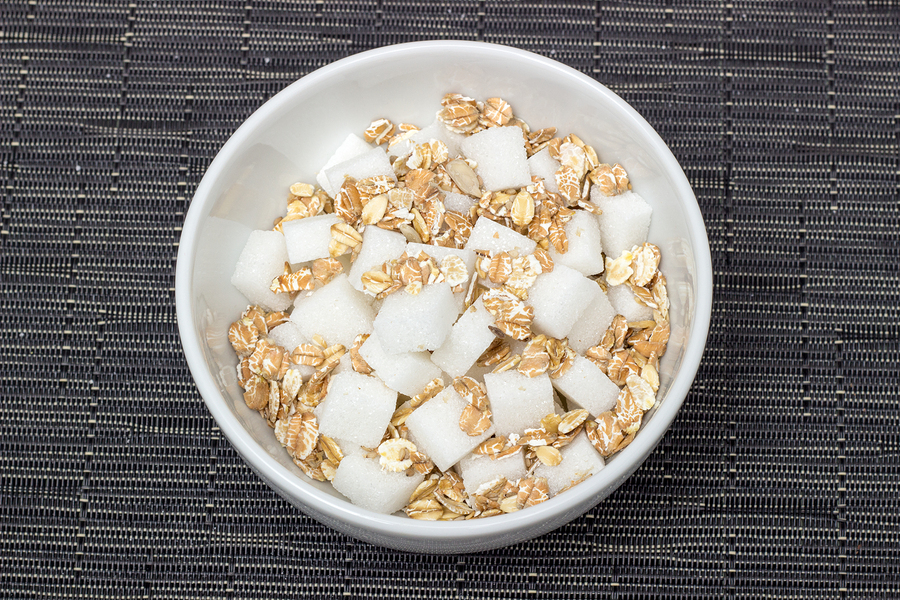
You may think that you’re eating a healthy diet while unknowingly overdosing on sugar on a daily basis, thanks to the high sugar content hidden in some of the most unlikely foods.
Learn more about the most common culprits and you could improve your diet in a few easy steps…
Sugar shockers
There are plenty of foods that are not quite the healthy option that they seem. The next time you’re picking up a jar of pasta sauce, have a look to see how much sugar you’ll be having along with your spaghetti – you might be surprised!
While these jars may be packed full of vegetables, many brands add a huge amount of sugar to combat the acidity of the tomatoes. Check your favourite condiments, too. Tomato ketchup is similarly stuffed with sugar – often as much as 22g of sugar per 100g (more than 30% of your guideline daily amount).
Fruit flavoured yogurt is another potentially healthy food that is often stuffed with far too much sugar. Many brands add huge amounts of sugars and sweeteners to create fruity flavours. Instead of falling for this sugary trap, buy plain yogurt and add your own fresh fruits to taste.
What’s more, tinned or pre-packaged fruit can have a much higher sugar content than the normal variety. Even fruit that is stored in 100 per cent fruit juice may have had sugar added to prolong shelf life, partly negating some of the excellent and beneficial natural sugars fruit contains.
Cereal and granola bars have a similar problem in that they can be a great source of oats and grains but the benefits are often outweighed by the large amounts of sugar used.
The fat free trap
Often, when a food is labelled as fat free, you need to have a very close look at the ingredients. To up the flavour of foods that have had the fat content reduced, many manufacturers simply dial up the sugar instead. This means the treat may be no better for you than the full fat alternative, which might have much less sugar.
Low fat biscuits and cakes are particularly bad for this particular problem, so watch out for treats that seem to be too good to be true – they probably are.
The only way to know how much sugar you’re getting in packaged foods is to read the label on the back. Don’t let sneaky, hidden sugars compromise your wellbeing, especially now that offenders the next time you go shopping.

No comments:
Post a Comment